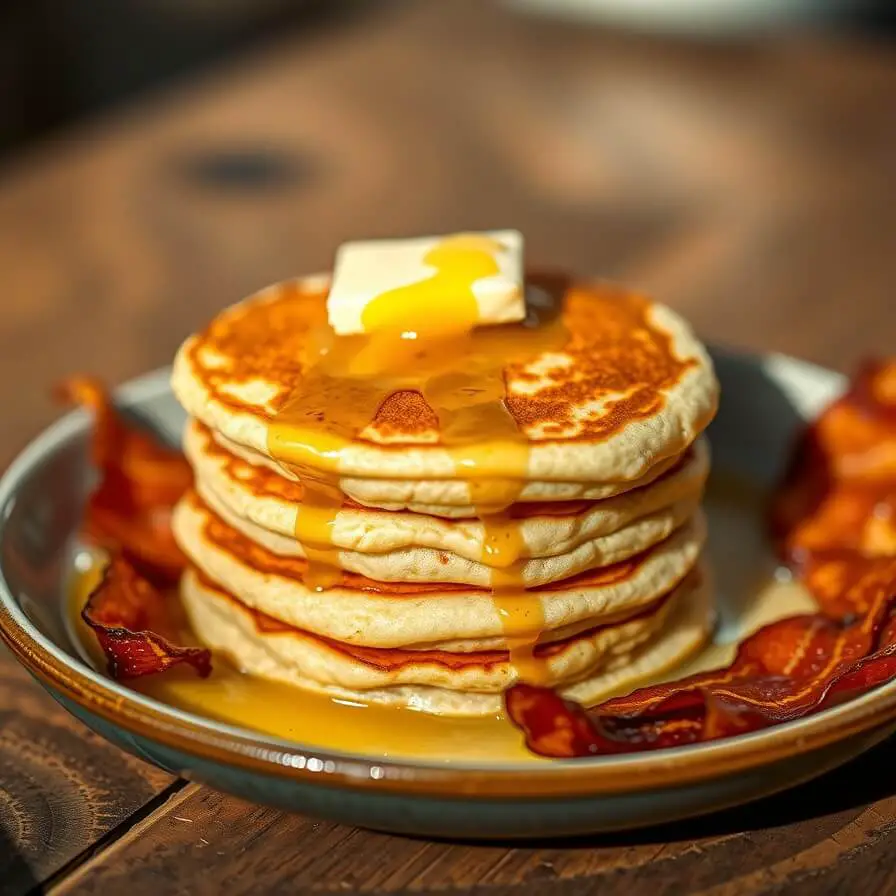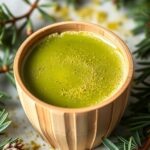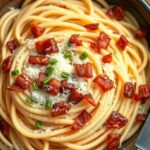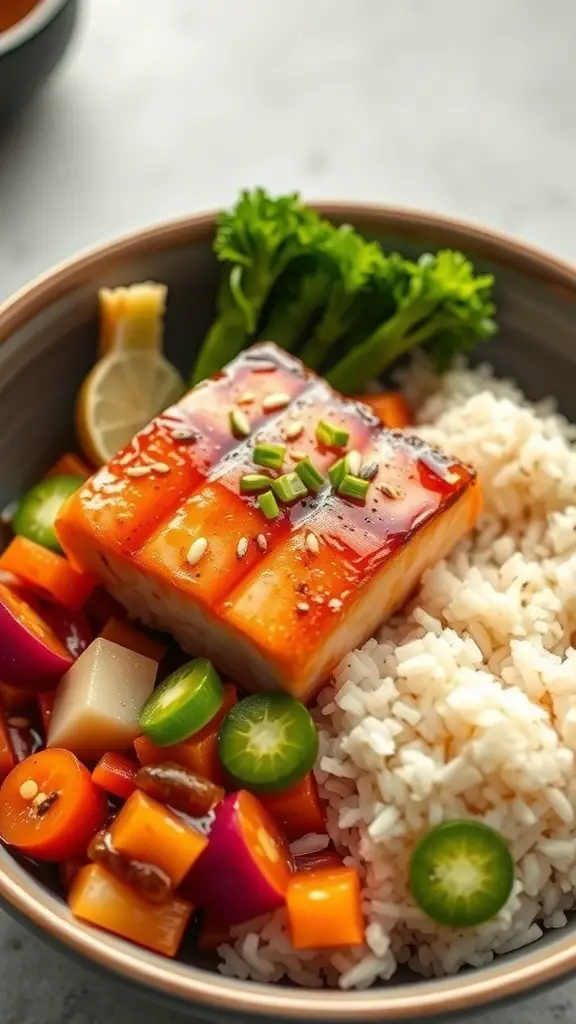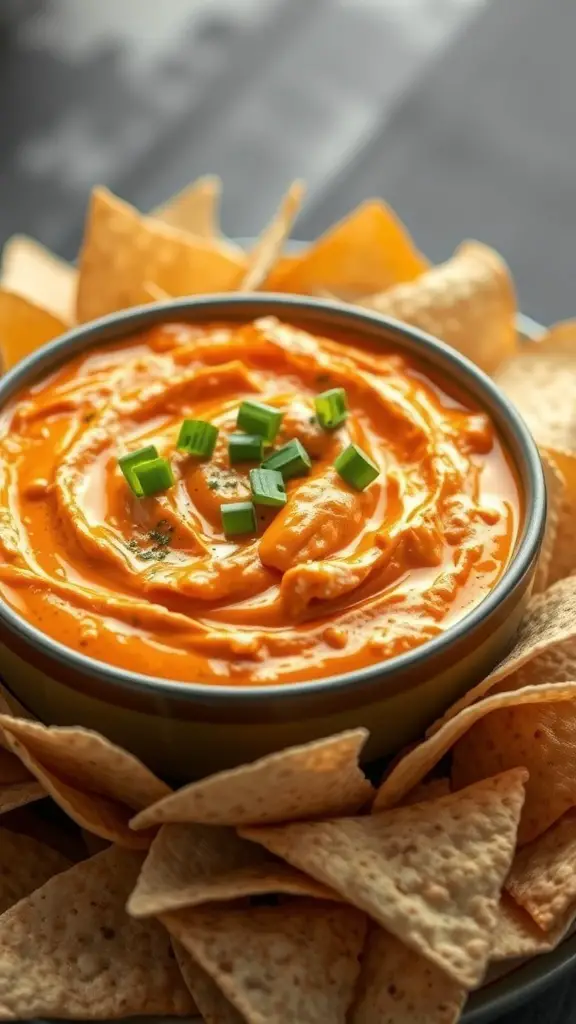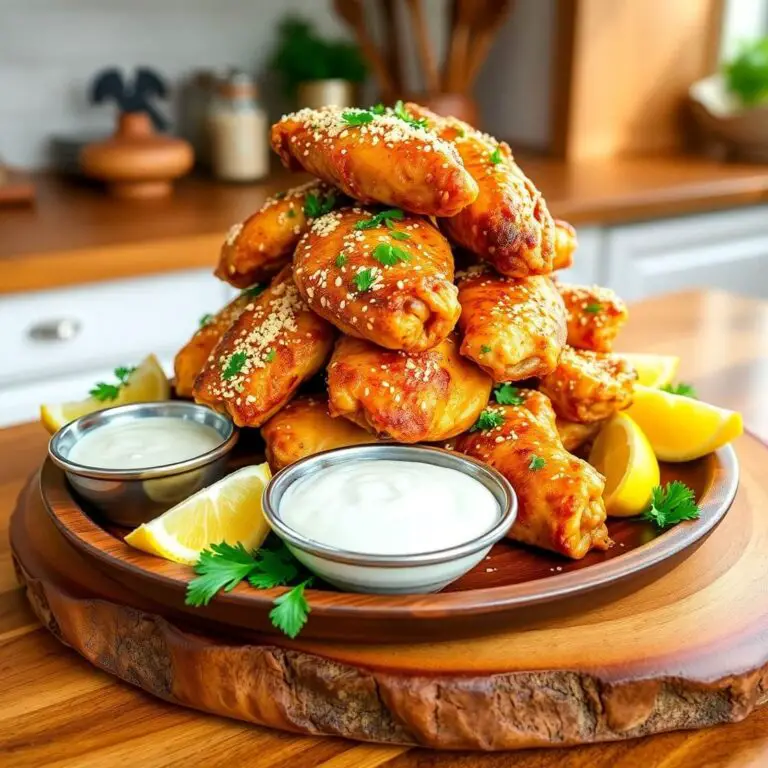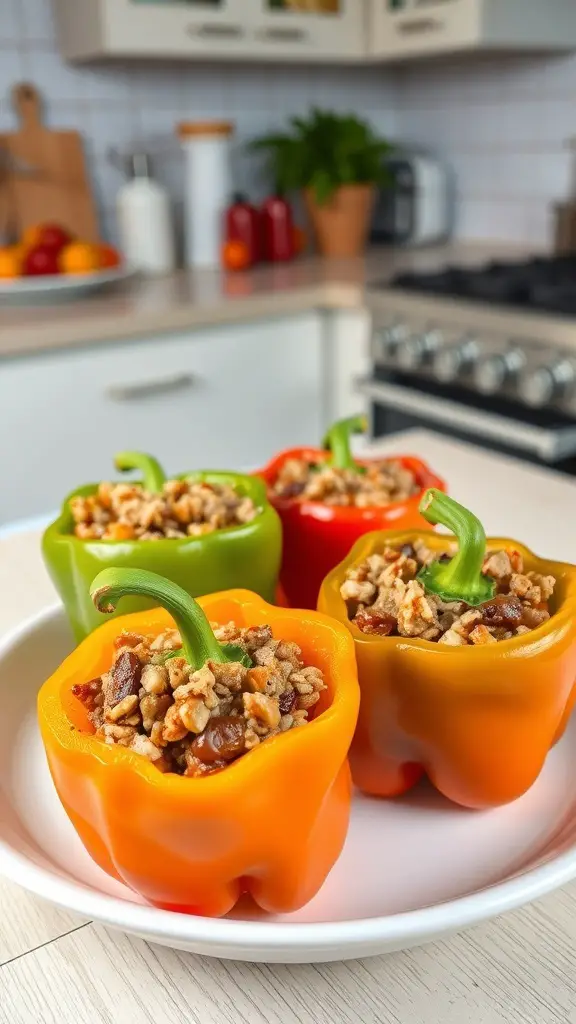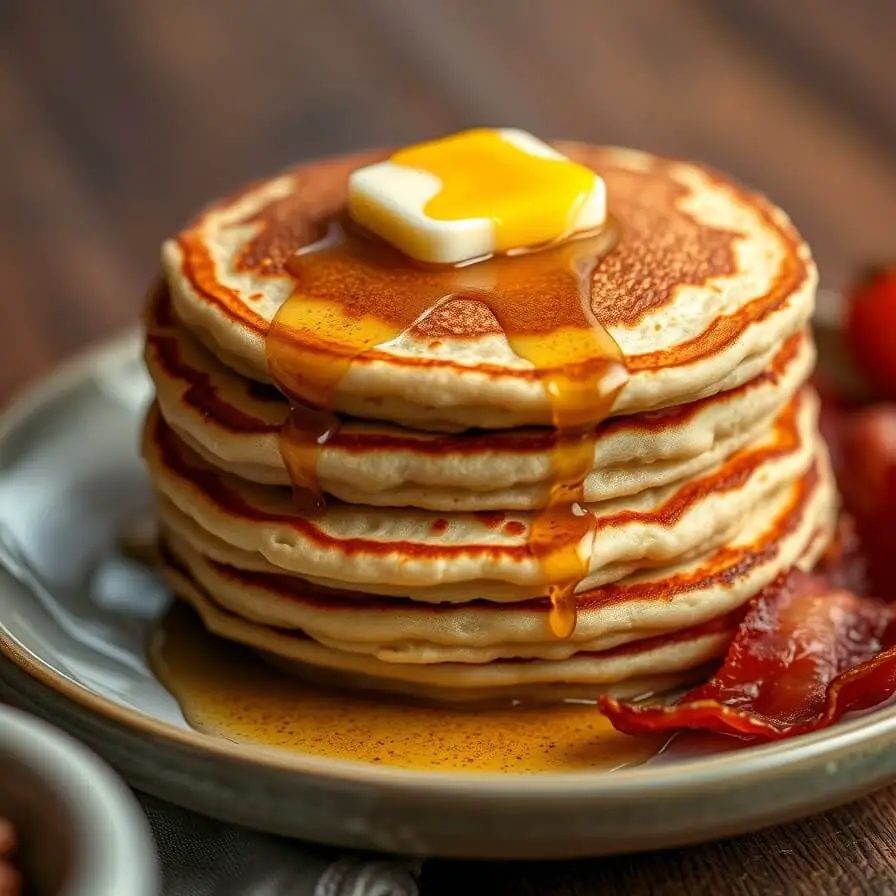
I still remember the Saturday morning that pushed me into experimenting with carnivore pancakes. It wasn’t anything dramatic—just one of those slow mornings where the usual bacon-and-eggs routine felt a bit too predictable. I wanted something warm, comforting, and familiar, but still aligned with my carnivore way of eating.
That’s when I started tinkering with the idea of pancakes… but without flour, almond meal, coconut flour, or anything plant-based. At first, I wasn’t convinced carnivore pancakes could taste like “real” pancakes. I assumed they would end up as another eggy omelet in disguise. But after enough testing (and a few funny reactions from my family as they watched me flop and flip my experiments), I found a version that actually feels like a pancake—soft, slightly fluffy, and rich in a way that makes breakfast feel satisfying again.
These carnivore pancakes have become one of those recipes I find myself making when I’m craving comfort without complication. They’re quick, nourishing, and adaptable—exactly the kind of recipe I reach for on a busy morning or a slow, cozy one.
And the best part? You really only need a handful of simple, animal-based ingredients to pull it off.
Why I Love This Recipe
What makes this recipe special is how surprisingly “normal” the pancakes feel despite being made entirely from carnivore-approved ingredients. If you’ve been eating carnivore for a while, you know that texture can be tricky. So many recipes end up rubbery, overly eggy, or too dense to enjoy regularly.
But these pancakes strike the sweet spot. They’re tender because of the eggs, slightly creamy from the dairy, and stable enough to flip because of the small amount of gelatin or collagen. That combination gives them a structure that mimics the feel of classic pancakes without using flour or sweeteners.
Another thing I love is how approachable the recipe is. You don’t need exotic cuts of meat or specialized tools. Just a blender or whisk, a warm skillet, and a little patience with the first pancake (because let’s be honest—the first one is always the “sacrifice pancake,” carnivore or not).
They also satisfy that craving for something breakfast-like when you’re feeling limited. Carnivore eating doesn’t have to feel restrictive, and this recipe proves it. When I want something cozy without sabotaging my diet, this is the first recipe that comes to mind.
Ingredients for Carnivore Pancakes
You don’t need much here, and that’s part of the charm. These ingredients work together in a simple, complementary way.
Eggs are your base—they provide structure and fluff, and they give the pancakes that classic lift when they hit the hot pan.
I like adding cream cheese or ricotta for extra richness. Cream cheese gives the pancakes a denser, cheesecake-like feel, while ricotta keeps them slightly lighter. Both work well, so it depends on your mood.
A small amount of gelatin or collagen helps everything bind together so the pancakes don’t fall apart when flipping. It’s the “secret ingredient” that helps these feel like actual pancakes rather than soft scrambled eggs.
Finally, a touch of melted butter or ghee adds flavor and helps the pancakes crisp slightly on the edges. The difference one tablespoon of melted fat makes is honestly surprising—it transforms the texture into something more nostalgic.
So, while the ingredient list is short, the combinations give the pancakes the right flavor, texture, and aroma you want from a real breakfast.
How Much Time Will You Need?
Carnivore pancakes are one of the quickest recipes I make. The batter itself takes about five minutes—just enough time to blend or whisk everything into a smooth mixture. Cooking each pancake takes roughly two to three minutes per side depending on your skillet and heat level.
From start to finish, you’re looking at about 15–18 minutes total, making this the perfect breakfast for busy mornings or days when you want something indulgent without a long prep time.
How to Make These Carnivore Pancakes
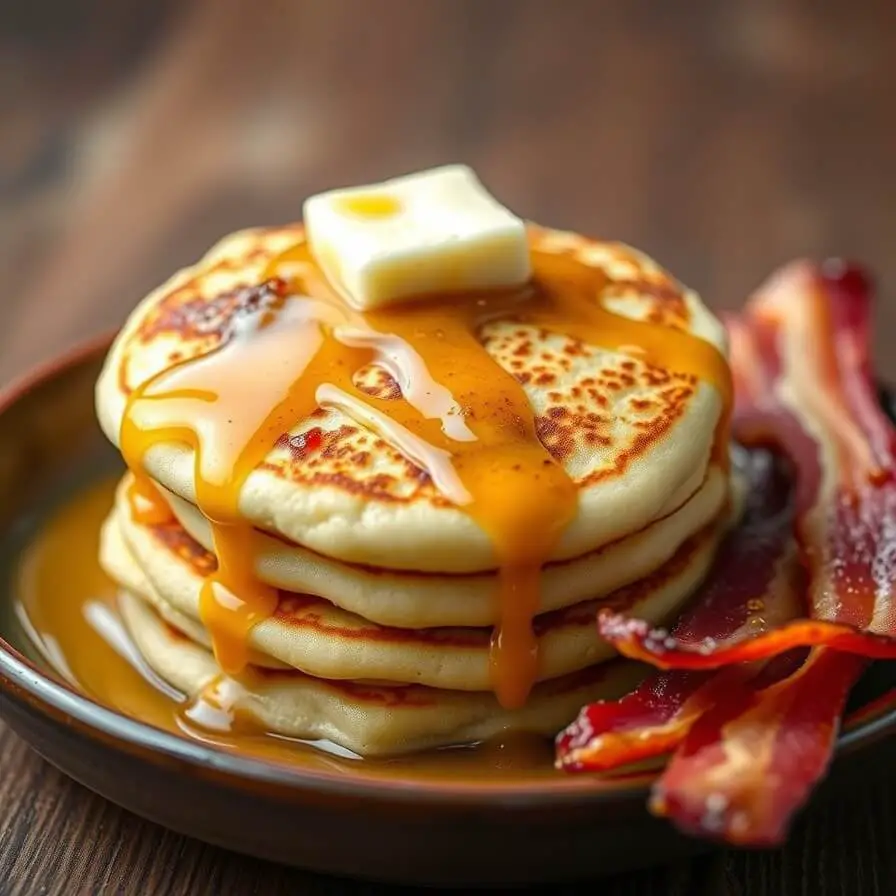
Step – 1: Prepare the batter
Crack your eggs into a mixing bowl or blender. Add your cream cheese or ricotta and the melted butter. If using gelatin or collagen, sprinkle it into the mix. If whisking by hand, expect the batter to look slightly textured but smooth. If blending, pulse until the mixture becomes creamy, pourable, and free of lumps.
Step – 2: Warm the skillet
Heat a non-stick or cast-iron skillet over medium-low heat. I find that too much heat causes the pancakes to brown too quickly and stick. Add a bit of butter, tallow, or ghee to lightly coat the surface.
Step – 3: Cook the first pancake
Pour a small amount of batter onto the skillet—about two to three tablespoons. Carnivore pancake batter is thinner than traditional batter, so small pancakes flip more easily. Cook until the edges start to set and small bubbles appear on the surface. Carefully flip with a thin spatula and cook the other side until golden.
Step – 4: Continue cooking the rest
Adjust heat as needed to keep the pancakes from browning too fast. Keep the cooked pancakes on a warm plate or in a low oven while you finish the batch.
Step – 5: Serve warm
Carnivore pancakes taste best immediately after cooking. They’re soft when hot and slightly firmer as they cool. If you enjoy a richer flavor, you can drizzle melted butter over the top before serving.
Substitutions
If you want to customize these pancakes, here are some variations that still stay within a carnivore framework while improving texture or flavor.
You can swap cream cheese with mascarpone for a softer, silkier pancake. Mascarpone melts beautifully into the batter and makes the pancakes feel more custard-like.
If you prefer something lighter, ricotta is a great substitute. It adds airiness and moisture, especially helpful if you want a more delicate pancake without heaviness.
Gelatin and collagen are mostly interchangeable. Gelatin makes the texture slightly firmer and easier to flip, while collagen keeps the pancakes softer and fluffier.
You can also swap butter for ghee if you’re sensitive to dairy solids. It adds a buttery aroma without the lactose, and it handles heat better.
These substitutions help you tailor the pancakes to your preferred texture—firmer, softer, fluffier, or richer—without stepping outside carnivore guidelines.
Best Side Dish for Carnivore Pancakes
If you want to turn this into a more complete carnivore breakfast, here are three delicious sides that pair beautifully with these pancakes:
Crispy bacon — adds saltiness and crunch.
Breakfast sausage patties — hearty, savory, and comforting.
Seared steak bites — perfect if you want extra protein with your pancakes.
Serving and Presentation Tips
There’s a small pleasure in serving a plate of carnivore pancakes that look as comforting as they taste. Even though the ingredients are simple, the right presentation can make the meal feel intentional and satisfying. One small trick I’ve learned is to stack the pancakes right as they come off the skillet, letting the residual heat soften the layers slightly so they feel almost cake-like.
If you want them to look more traditional, make small, evenly sized pancakes so they stack neatly. A drizzle of melted butter over the top creates that glossy finish you normally get from syrup. I also sometimes add a pat of butter on top and let it melt naturally—simple, but it makes the plate feel warm and inviting.
For a heartier breakfast, placing a few slices of crisp bacon or seared sausage on the side adds color and contrast. Even with carnivore eating, visual balance matters, and these little touches elevate a simple recipe into something that feels restaurant-worthy at home.
Tips and Tricks to Make This Recipe Even Better
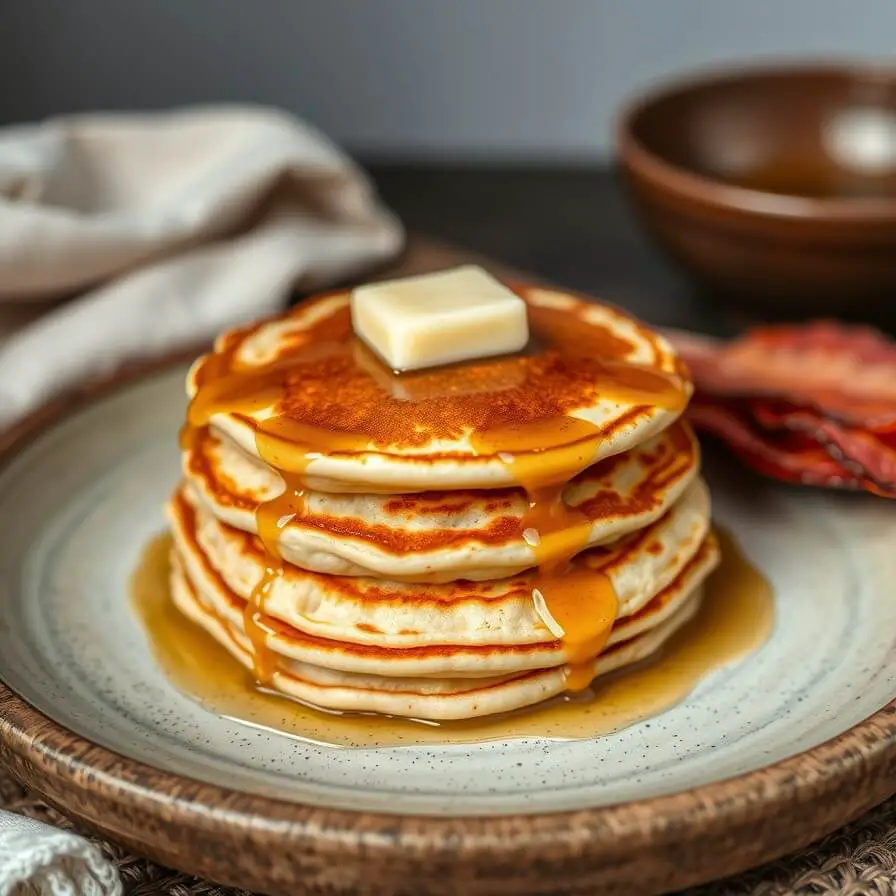
I’ve made these pancakes enough times to learn a few tricks that make a noticeable difference. The first is to let the batter rest for a minute or two before cooking. Even with minimal ingredients, that short rest allows the gelatin or collagen to activate slightly, giving the pancakes a more structured feel.
Another tip is to keep the skillet at medium-low heat. Carnivore pancakes brown quickly because of the dairy, so lower heat helps ensure the center cooks through before the outside overcooks.
I also recommend cooking smaller pancakes. Not only do they flip better, but the texture is more consistent from edge to center.
If you want extra fluff, blend the batter instead of whisking it. Blending introduces a bit of air, making the pancakes lighter without changing the ingredients.
Common Mistakes to Avoid
There are a couple of pitfalls that can make carnivore pancakes frustrating, especially if it’s your first time making them. The most common mistake is cooking over high heat. The pancakes will brown too fast and may even burn while the inside stays undercooked.
Another issue is using too much batter per pancake. Large pancakes are difficult to flip because the batter is naturally looser than traditional flour-based recipes. Stick to small, manageable portions and you’ll have a much easier time.
Some people skip the gelatin or collagen, but this usually leads to pancakes that fall apart during flipping. It’s a small addition that dramatically improves the final result, so it’s worth keeping it in the recipe.
How to Store It
Carnivore pancakes store surprisingly well and can make quick breakfasts throughout the week. Let them cool completely before storing—this keeps condensation from making them soggy.
Store them in an airtight container or wrap them individually in parchment paper. They last about three to four days in the refrigerator.
If you want to freeze them, place the pancakes in a single layer on a baking sheet and freeze until firm. Then transfer them to a freezer-safe bag. They reheat well in a skillet with a little butter or in the oven at a low temperature until warmed through.
FAQ
Can I make carnivore pancakes ahead of time?
Yes, they reheat beautifully and can easily be made up to three days in advance.
Can I make these without dairy?
You can replace cream cheese with full-fat mascarpone or use ghee instead of butter, but completely removing dairy changes the texture significantly.
Do these taste like regular pancakes?
They mimic the feel of pancakes, but the flavor is richer and more custard-like due to the eggs and cream cheese.
Can I add sweeteners?
Carnivore guidelines usually avoid sweeteners, but if you follow a relaxed version, you can add a tiny amount of allulose or vanilla extract.
What skillet works best?
A non-stick pan is easiest, but a well-seasoned cast-iron skillet works if you use enough butter or ghee.

Carnivore Pancakes Recipe
- Total Time: 15–18 minutes
- Yield: 6–8 1x
- Diet: Gluten Free
Description
These carnivore pancakes offer a warm, comforting breakfast without stepping outside animal-based ingredients. They’re soft, slightly fluffy, and surprisingly similar to classic pancakes in texture. The batter blends quickly, cooks evenly, and creates pancakes that feel like a real treat—especially on slow mornings or when you want something cozy without breaking your diet. The combination of eggs, cream cheese, and a touch of gelatin gives them structure, richness, and a melt-in-your-mouth feel you’ll want to make again and again.
Ingredients
- Eggs
- Cream cheese or ricotta
- Gelatin or collagen
- Melted butter or ghee
- Butter for cooking
Instructions
Notes
- Let the batter rest briefly before cooking for better texture.
- Cook small pancakes for easier flipping and more even cooking.
- Prep Time: 5 minutes
- Cook Time: 10–12 minutes
- Category: Breakfast
- Method: Pan-Fried
- Cuisine: American
Nutrition
- Serving Size: 6–8
- Calories: 340
- Sugar: 0g
- Sodium: 260mg
- Fat: 28g
- Saturated Fat: 15g
- Unsaturated Fat: 12g
- Trans Fat: 0g
- Carbohydrates: 1g
- Fiber: 0g
- Protein: 20g
- Cholesterol: 310mg

